
We are the Friends of Friendless Churches — we rescue, repair & protect historic ‘closed’ places of worship in England & Wales. Learn more in the link below.
How to get URL link on X (Twitter) App

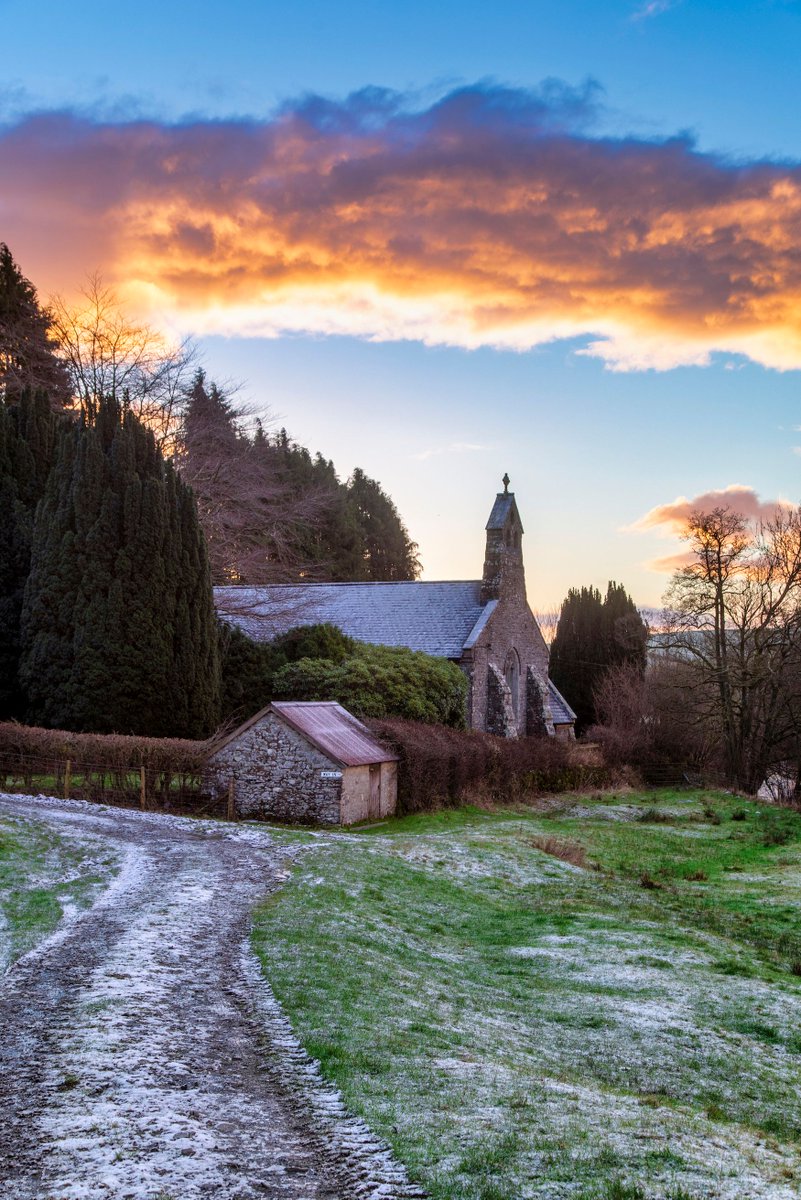
 The rood screen and loft inside St Anno's, Llananno is a medieval gem that no visitor will forget in a hurry. Spanning the entire width of the building, this magnificent piece of medieval craftsmanship dates from the 15th century.
The rood screen and loft inside St Anno's, Llananno is a medieval gem that no visitor will forget in a hurry. Spanning the entire width of the building, this magnificent piece of medieval craftsmanship dates from the 15th century. 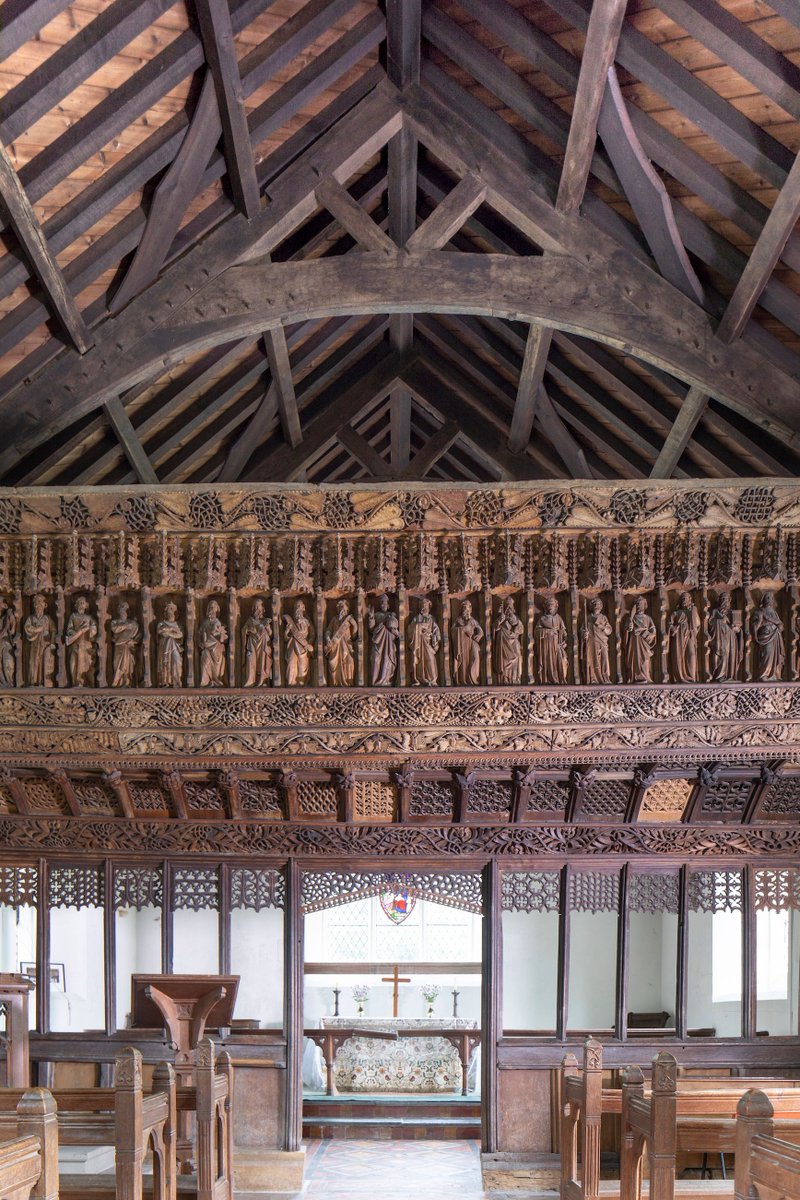
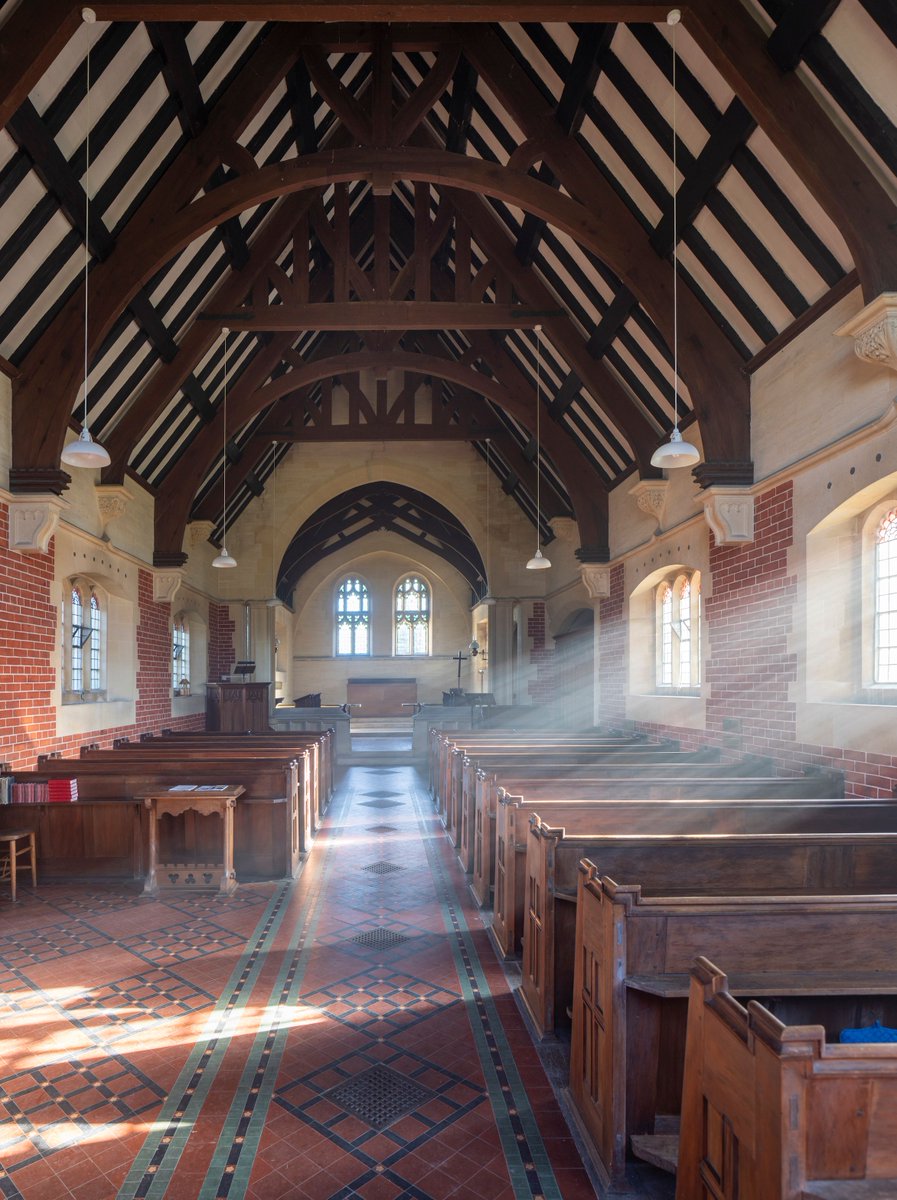
 The chapel was constructed in memory of the husband and son of Mary Barton of Corsley House. When Mary died in 1899, she left £10,000 to establish a trust to build and then care for the chapel.
The chapel was constructed in memory of the husband and son of Mary Barton of Corsley House. When Mary died in 1899, she left £10,000 to establish a trust to build and then care for the chapel. 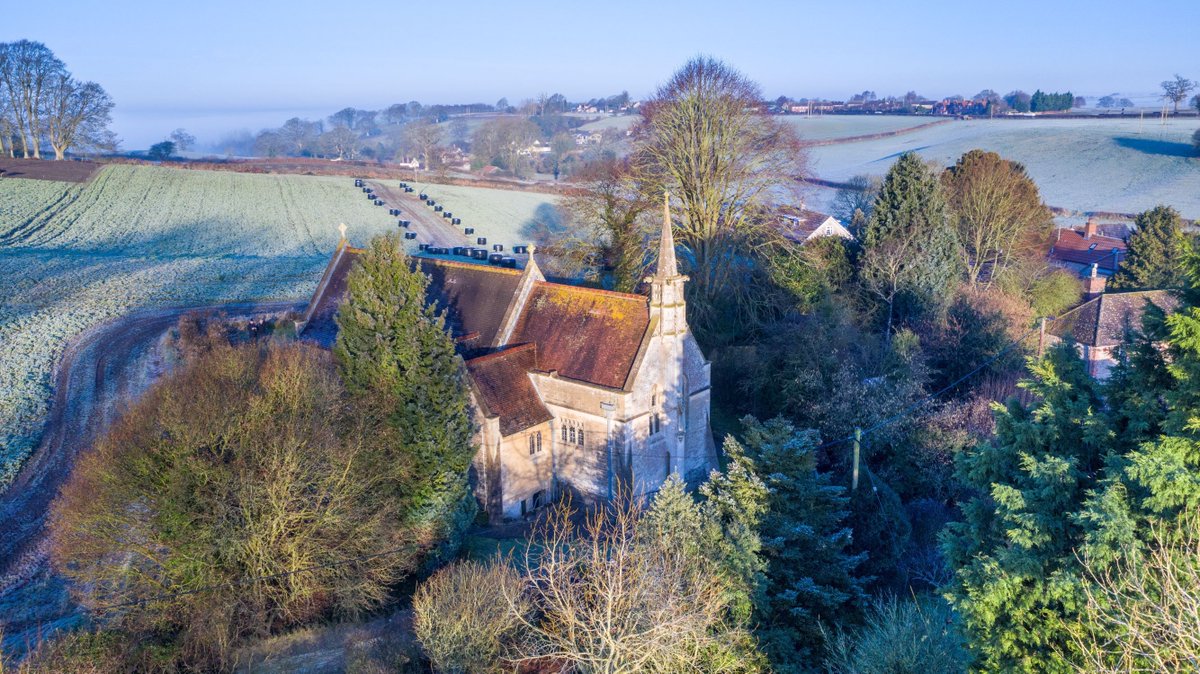

 ‘Llan’ is an enclosure usually associated with a church. The element which follows, most commonly a personal name, is mutated. Llangua is the church of St Cywa (English: Kew, Ciwa).
‘Llan’ is an enclosure usually associated with a church. The element which follows, most commonly a personal name, is mutated. Llangua is the church of St Cywa (English: Kew, Ciwa). 

 Casting a kaleidoscope of jewel-toned light across the sanctuary, the east window was produced by the Kempe studio, one of Victorian Britain’s preeminent stained glass firms.
Casting a kaleidoscope of jewel-toned light across the sanctuary, the east window was produced by the Kempe studio, one of Victorian Britain’s preeminent stained glass firms.
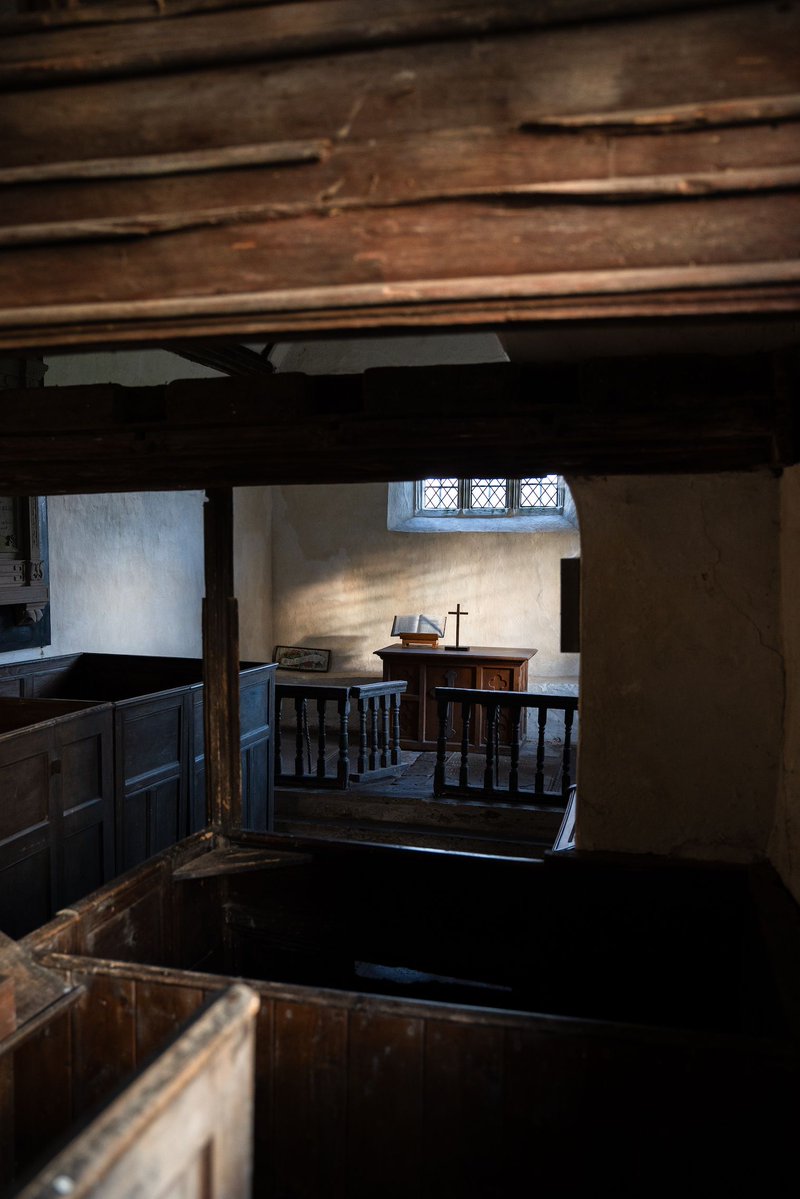
 Spanning the entire width of the nave, the rood loft is a relic from the late medieval past. Before the Reformation, the rood loft would have carried the rood, a carving of Christ on the cross.
Spanning the entire width of the nave, the rood loft is a relic from the late medieval past. Before the Reformation, the rood loft would have carried the rood, a carving of Christ on the cross. 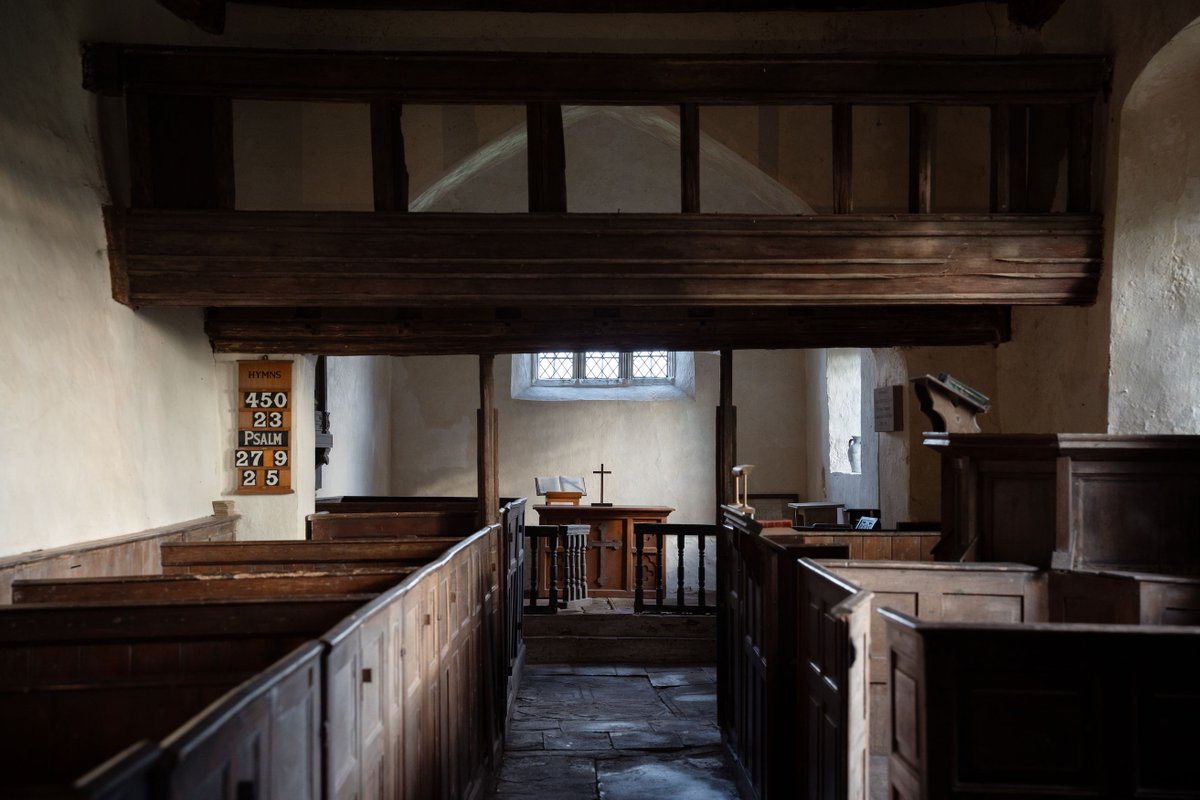

 In the summer of 1951, a farmer spotted two men climbing on the roof of Llangua church at dusk. Unfortunately, by the time the police arrived, the men had fled the scene.
In the summer of 1951, a farmer spotted two men climbing on the roof of Llangua church at dusk. Unfortunately, by the time the police arrived, the men had fled the scene. 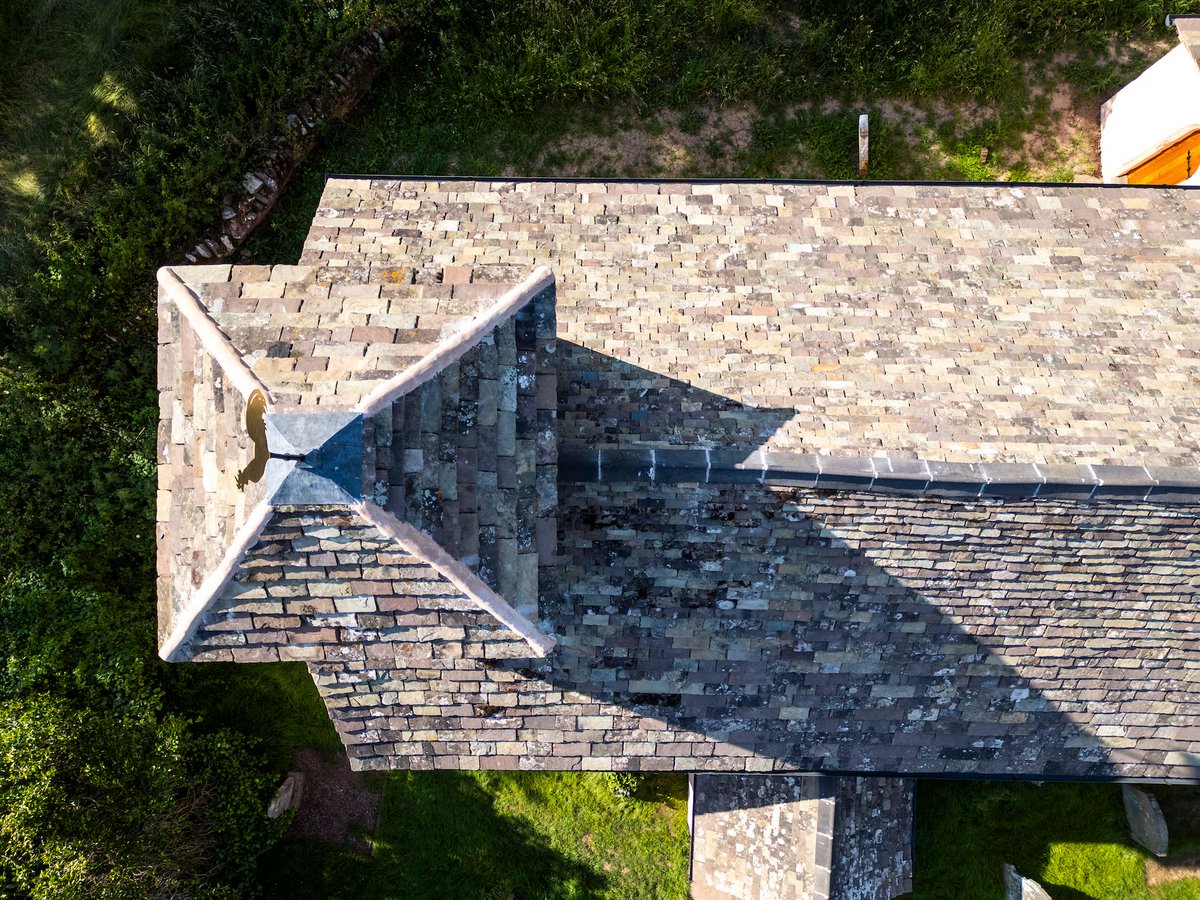

 A Christian place of worship at Manordeifi is believed to have stood on the site of the present church since the 7th century. The earliest church here was reportedly dedicated to St Llawddog.
A Christian place of worship at Manordeifi is believed to have stood on the site of the present church since the 7th century. The earliest church here was reportedly dedicated to St Llawddog. 

 In English, this most important Christian festival is known as Easter, whereas in most other languages, its name is markedly different: Pâques in French, Pasg in Welsh, and Páscoa in Portuguese.
In English, this most important Christian festival is known as Easter, whereas in most other languages, its name is markedly different: Pâques in French, Pasg in Welsh, and Páscoa in Portuguese. 

 On the Welsh border, in the remote fields of Herefordshire stands St Peter's, Llancillo. Adjacent to the church is an 8 meter high earthen Motte, which is all the remains of Llancillo Castle. This fortification was originally constructed in the 1090s by Richard Esketot.
On the Welsh border, in the remote fields of Herefordshire stands St Peter's, Llancillo. Adjacent to the church is an 8 meter high earthen Motte, which is all the remains of Llancillo Castle. This fortification was originally constructed in the 1090s by Richard Esketot.


 Rubens' 'The Rainbow Landscape' of 1636 was painted just three decades before major new scientific theories about colour and light emerged. The rainbow lights up surrounding clouds with highlights of lemony yellow and blue.
Rubens' 'The Rainbow Landscape' of 1636 was painted just three decades before major new scientific theories about colour and light emerged. The rainbow lights up surrounding clouds with highlights of lemony yellow and blue.

 Those are the words of poet, Philip Larkin. Larkin explored this area after he moved to Hull in 1955 to take up the position of librarian at the Brynmor Jones Library at the University of Hull. He lived there and held that job for thirty years, until his death in 1985.
Those are the words of poet, Philip Larkin. Larkin explored this area after he moved to Hull in 1955 to take up the position of librarian at the Brynmor Jones Library at the University of Hull. He lived there and held that job for thirty years, until his death in 1985.

 ... Yan-a-dik, Tan-a-dik, Tethera-dik, Pethera-dik, Bumfit, Yan-a-bumfit, Tan-a-bumfit, Tethera-bumfit, Pethera-bumfit, Figgit.
... Yan-a-dik, Tan-a-dik, Tethera-dik, Pethera-dik, Bumfit, Yan-a-bumfit, Tan-a-bumfit, Tethera-bumfit, Pethera-bumfit, Figgit.

 Perfect as that panelling looked, it obscured the most important timbers. Noticing that the bellcote was somewhat slumped, our architect removed some panels, and we found the legs were rotten. Boveney church was *almost* without a leg to stand on.
Perfect as that panelling looked, it obscured the most important timbers. Noticing that the bellcote was somewhat slumped, our architect removed some panels, and we found the legs were rotten. Boveney church was *almost* without a leg to stand on. 
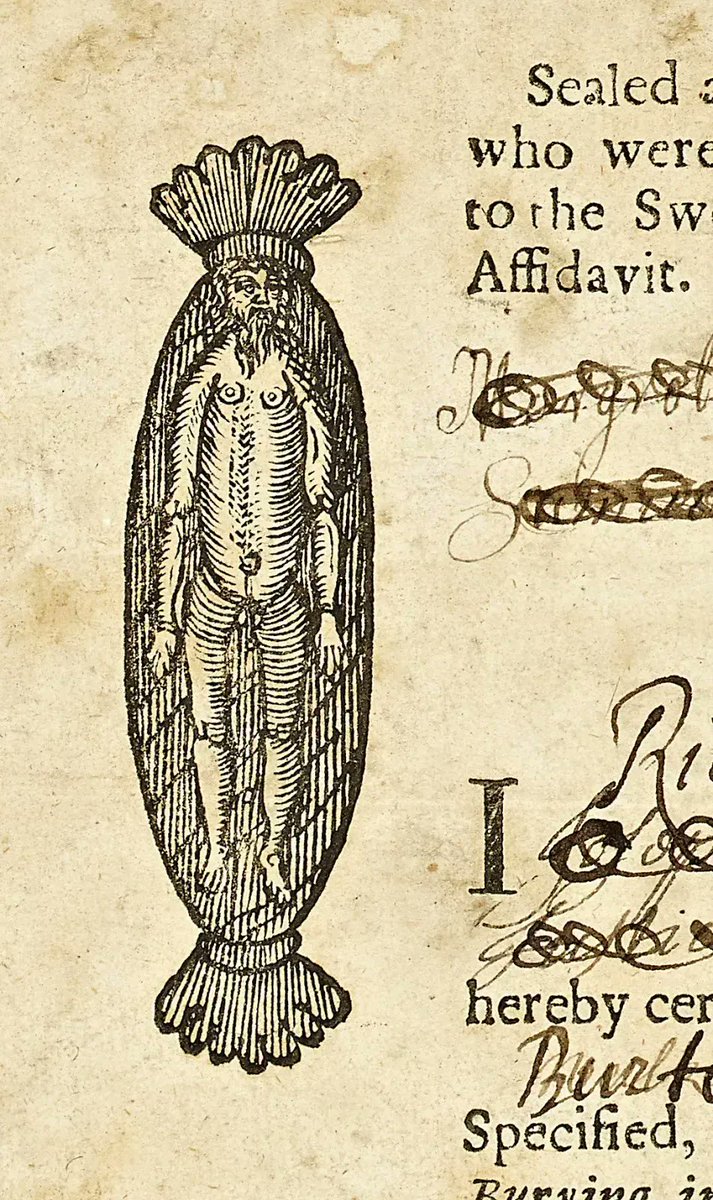
 The 'Burying in Woollen Acts' required an Affidavit within 8 days of burial, proving before a JP that the law had been complied with. Those who didn't comply were fined £5, half of which went to the poor. This blog has some terrific examples of affidavits:buff.ly/3YkB33B
The 'Burying in Woollen Acts' required an Affidavit within 8 days of burial, proving before a JP that the law had been complied with. Those who didn't comply were fined £5, half of which went to the poor. This blog has some terrific examples of affidavits:buff.ly/3YkB33B 

 Patrick lived in the 5th century. Upon leaving Ireland in his early 20s, he devoted his life to Christ. He returned to Ireland after hearing Vox Hiberionacum – the voice of the Irish – in a dream.
Patrick lived in the 5th century. Upon leaving Ireland in his early 20s, he devoted his life to Christ. He returned to Ireland after hearing Vox Hiberionacum – the voice of the Irish – in a dream.

 Tate had fled the new United States of America for France in 1795 to escape being arrested for treason, and was now fighting for Revolutionary France. 2/8
Tate had fled the new United States of America for France in 1795 to escape being arrested for treason, and was now fighting for Revolutionary France. 2/8

 The bell called folk to church for Confession before Lent & prompted them to use their last fats, eggs and milk before 40 days of fasting — usually turned into pancakes. Unsurprisingly, the shriving bell became known as the Pancake Bell, and its ringing set mouths watering.
The bell called folk to church for Confession before Lent & prompted them to use their last fats, eggs and milk before 40 days of fasting — usually turned into pancakes. Unsurprisingly, the shriving bell became known as the Pancake Bell, and its ringing set mouths watering. 

 Geologically flint is pure silica that petrifies in chalk beds. It's knobbly, and not a "natural" building material, yet many of our churches are built using it including flint rubble at Wickham Bishops, Essex and chequerboard knapped flint at Papworth St Agnes in Cambs.
Geologically flint is pure silica that petrifies in chalk beds. It's knobbly, and not a "natural" building material, yet many of our churches are built using it including flint rubble at Wickham Bishops, Essex and chequerboard knapped flint at Papworth St Agnes in Cambs.

 At Saltfleetby, the only surviving part of St Peter's stands lop-sided, like a Lincolnshire Tower of Pisa — partly sunken into salt marsh. St Helen's, Barmby on the Marsh in East Yorkshire stands precariously on flood meadows.
At Saltfleetby, the only surviving part of St Peter's stands lop-sided, like a Lincolnshire Tower of Pisa — partly sunken into salt marsh. St Helen's, Barmby on the Marsh in East Yorkshire stands precariously on flood meadows.


 Of course, we would never describe any of lovely buildings as 'boxy' 😱, but many of them do contain box pews. The installation of these enclosed pews, often rented by a particular family, peaked in the 1700s and early 1800s.
Of course, we would never describe any of lovely buildings as 'boxy' 😱, but many of them do contain box pews. The installation of these enclosed pews, often rented by a particular family, peaked in the 1700s and early 1800s.